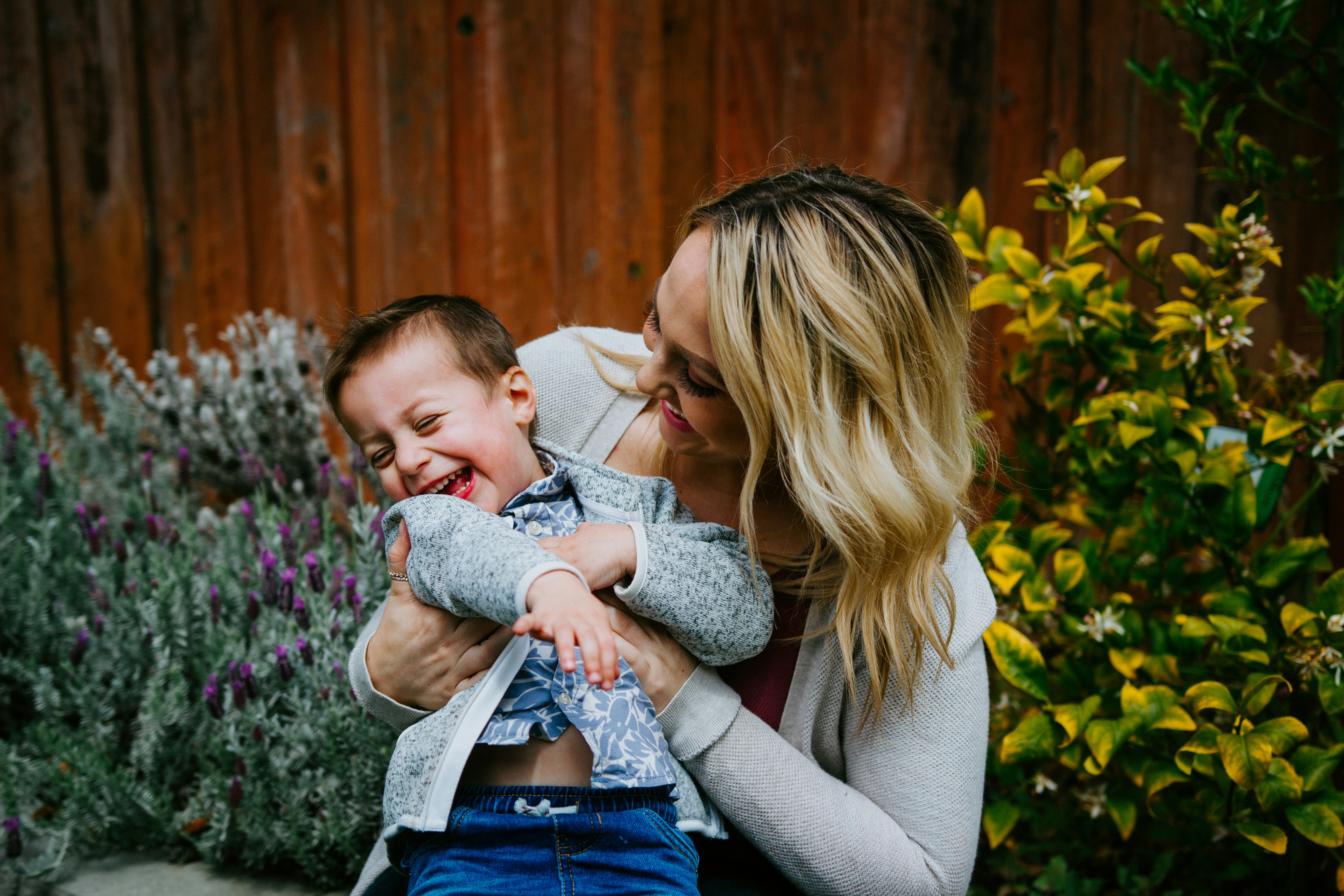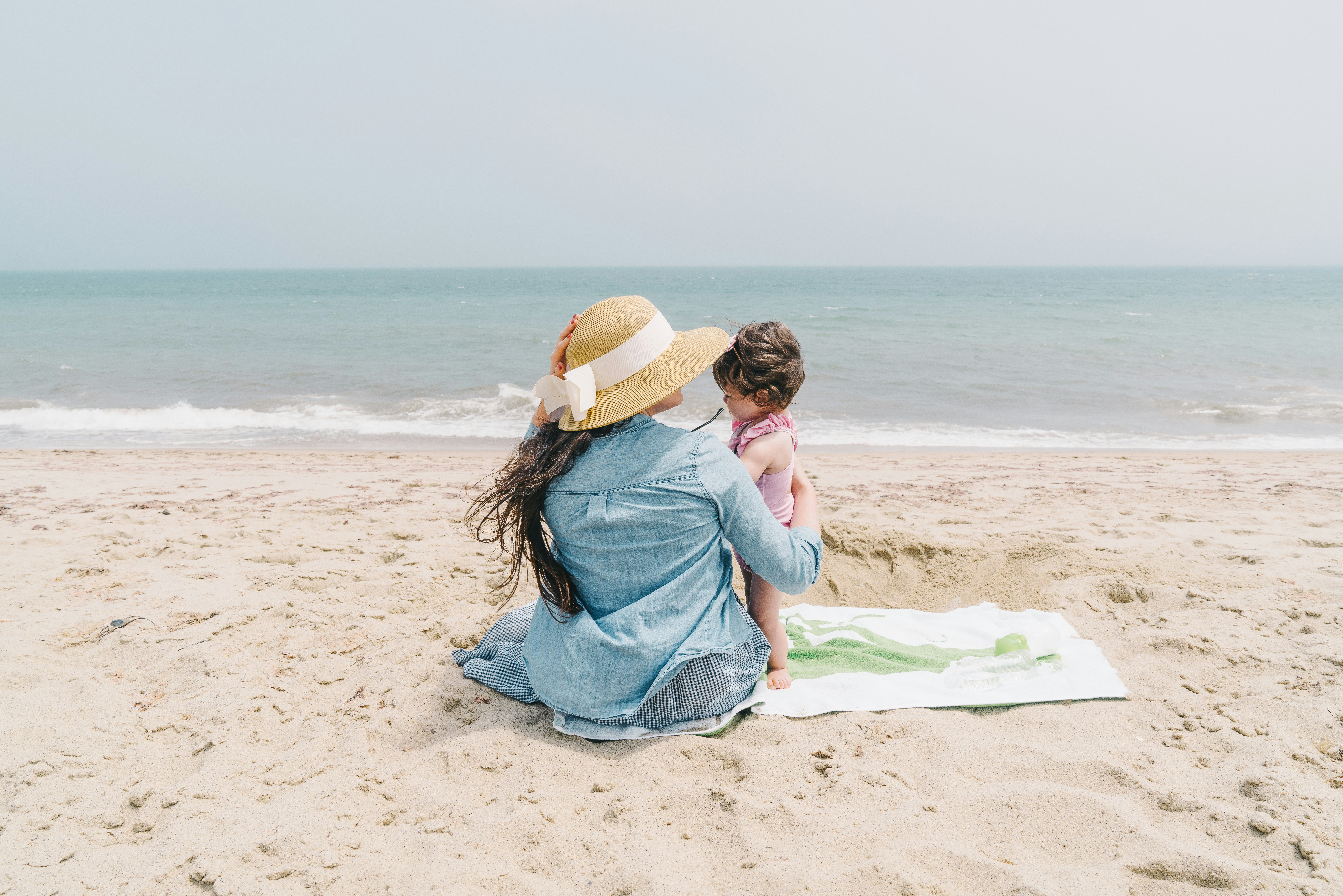The Unexpected Harmony of Family Bookshelves
Published on October 1, 2024
The Unexpected Harmony of Family Bookshelves

At first glance, a family bookshelf might seem like a simple storage solution. But look closer, and you'll find it's a microcosm of family dynamics, a physical manifestation of shared experiences, and a powerful tool for connection across generations.
The Silent Storytellers
Family bookshelves are more than just collections of books; they're silent storytellers, narrating tales of individual interests, shared adventures, and the passage of time. The worn spine of a beloved childhood story, the pristine cover of a recent gift, the dog-eared pages of a frequently referenced cookbook – each book tells its own story within the larger family narrative.
A Bridge Across Generations
In many households, the family bookshelf serves as a bridge between generations. Grandparents' classics sit alongside parents' college textbooks and children's current obsessions. This juxtaposition creates natural opportunities for conversation and connection. A teen might discover a vintage sci-fi novel that sparks a discussion with a parent about how technology has changed. A parent might find themselves drawn into the world of young adult fiction, gaining insight into their child's interests and concerns.
The Art of Compromise
Organizing a shared bookshelf can be an exercise in diplomacy and compromise. Who gets the eye-level shelves? How do we categorize books that span multiple genres? Should we organize by color for aesthetic appeal or by author for ease of finding? These decisions, though seemingly small, can reflect and influence larger family dynamics.
A Living, Breathing Entity
Unlike static decor, a family bookshelf is a living, breathing entity that grows and changes with the family. New additions mark milestones and interests, while the removal of books can signify personal growth or changing tastes. The evolution of the bookshelf mirrors the evolution of the family itself.
The Digital Dilemma
In our increasingly digital world, physical bookshelves face competition from e-readers and online libraries. However, many families find that maintaining a physical bookshelf alongside digital collections offers the best of both worlds. The tangible presence of books can serve as a counterbalance to screen time, encouraging impromptu reading sessions and serendipitous discoveries.
A Tool for Emotional Intelligence
Family bookshelves can also be powerful tools for developing emotional intelligence. The diversity of genres and topics can expose family members to different perspectives and experiences. Biography and fiction alike can foster empathy and understanding, while self-help books might prompt conversations about personal growth and mental health.
The Ritual of Sharing
Many families develop rituals around their bookshelves. This might include regular book swaps, where family members recommend books to each other, or designated reading times where everyone selects a book and reads together in comfortable silence. These rituals can strengthen bonds and create lasting memories.
Conclusion
The family bookshelf, in all its cluttered glory, is more than just a piece of furniture. It's a dynamic, interactive space that reflects and shapes family relationships. By paying attention to this often-overlooked corner of the home, families can unlock new avenues for connection, understanding, and growth.
In our fast-paced, digital world, the humble bookshelf reminds us of the power of tangible objects to bring us together. It stands as a testament to shared histories and individual journeys, inviting us to pause, explore, and connect.
So next time you pass by your family bookshelf, take a moment to appreciate its silent symphony. You might be surprised by the harmonies you discover.
If you're looking for more ways to strengthen family bonds and improve communication, consider trying Thinker, an AI-powered tool designed to help families navigate relationships and foster positive interactions. Learn more at [website link].


